SUMMARY
This is AI generated summarization, which may have errors. For context, always refer to the full article.

MANILA, Philippines (4th UPDATE) – President Benigno Aquino III on Saturday, December 8, declared the entire Philippines under a state of national calamity in the wake of the massive destruction caused by Typhoon “Pablo” (Bopha). This allows the appropriation of calamity funds for affected areas and the grant of no-interest loans to victims. It also allows government to impose price control on basic commodities.
The President signed Proclamation 522 Saturday, a day after travelling to the two provinces hardest hit by Pablo: Davao Oriental and Compostela Valley.
“Whereas, due to the severe gravity of the damage, particularly in Provinces of Compostela Valley, Davao Oriental and Davao del Norte in Region XI; Surigao del Sur in CARAGA Region; Lanao del Norte, Misamis Oriental and Cagayan de Oro City in Region X; Siquijor in Region VII; and, Palawan in Region IV-B, the government is spearheading the entire nation’s efforts to undertake immediate rescue, recovery, relief and rehabilitation,” the proclamation read.
A briefer on the effects of a declaration of a state of national calamity can be read here.
The last time the President declared a state of calamity was on Dec. 20, 2011, in the aftermath of Tropical Storm “Sendong,” which hit Cagayan de Oro, Iligan City and other provinces in the Visayas and Mindanao.
‘Find out the cause of devastation’
In his visit to New Bataan, Compostela Valley, on Friday Aquino said: “Gusto kong malaman kung bakit nangyari ho itong trahedyang ito. Gusto kong makita rin kung paano natin maiiwasan na magkaroon (ng) ganitong trahedyang ulit. (We want to find out why this tragedy happened and how to keep these tragedies from happening again),” he told dazed survivors after arriving by helicopter in New Bataan, Compostela Valley (ComVal) on Friday morning, December 7. At least 200 died in Compostela Valley.
He said government will find out the cause of the devastation in the province, amid reports that illegal logging and mining were a factor.
The chief executive promised victims government will not stop working to help them recover.
“Makipagtulungan po tayo sa ating gobyerno at ilagay namin kayo sa lalong madaling panahon sa mas maayos na kalagayan.” (Please work with the government and we will put you in a better condition at the soonest possible time).
Aquino said he was in Compostela Valley to listen to explanations to questions he had in mind.
“Hindi ho ako kuntento. Kailangan talaga habulin natin walang masasalanta tuwing may sasapit nitong ganitong pagkakataon. So hindi ho ito ang oras ng pagsasalita, oras po ng gawa,” Aquino said.
(I am not satisfied. We need to ensure there are no casualties every time there is a disaster. This is not a time for talk. It is a time for work.)
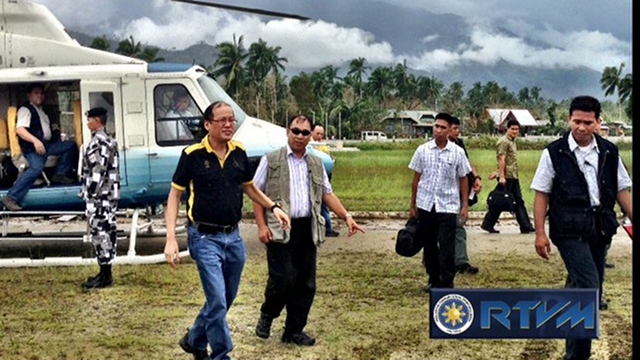
After his brief message, Aquino helped hand out food packs to about 2,000 people sheltering at a government gymnasium, one of the few structures left standing on the town of 48,000 people.
Nearly 500 people were killed in the storm which tore across southern Mindanao island and devastated its banana-growing and mining industries.
Pablo slammed into Mindanao on Tuesday, leaving hundreds dead or missing, and 306,000 people homeless as it flattened whole towns.
Accompanying the President was his Cabinet, including Interior Secretary Manuel Roxas II, Defense Secretary Voltaire Gazmin, Transportation and Communication Secretary Joseph Emilio “Jun” Abaya, Energy Secretary Jericho Petilla, Social Welfare and Development Secretary Dinky Soliman, Health Secretary Enrique Ona, Environment Secertary Ramon Paje, and Communications Secretary Ricky Carandang.

From Compostela Valley, Aquino and his Cabinet headed to another hard-hit area, Boston in Davao Oriental. Aquino then flew to the Davao Airport for a briefing with disaster officials.
Probe flood-hit evacuation site
Here are highlights of Aquino’s briefing with the National Disaster Risk Reduction and Management Council (the NDRRMC), as tweeted by Secretary Carandang:
- Aquino ordered the Interior Department to investigate why an evacuation center was located in a flood-prone area
- Aquino tasked Lieutenant General Jorge Segovia, commander of the Eastern Mindanao command, to come up with a concrete plan to improve search and rescue operations during calamities
- Petilla said power should be restored in most storm-hit towns before Christmas
- Agriculture Secretary Proceso Alcala said rice stocks are sufficient to make up for crops destroyed in the typhoon
- The Department of Public Works and Highways will repair damaged bridges. In the meantime, temporary bridges will be provided to restore access to isolated areas
- Government will send potable water and water-filtration systems to affected areas
- The military, the Coast Guard, and the police deployed assets for search and rescue
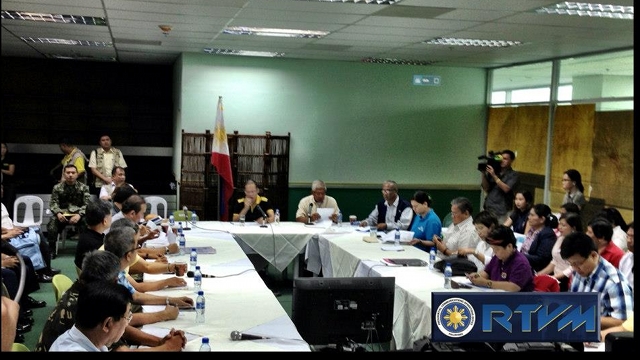
‘Typhoon snatched our life away’
As the president spoke in Compostela Valley, a yellow excavator tore into the rubble of a row of flattened houses a short distance away, allowing rescue workers to pull out the bodies of two more victims.
Hundreds of thousands of survivors crammed into overcrowded shelters Friday, braving the stench of corpses.
Among the 306,000 left homeless by the storm were 2,000 people huddled in a basketball gym in New Bataan, one of only a few buildings left standing in the town, which is a center for banana and gold mining industries.
With the overpowering stench of decomposing corpses from the parking lot outside, farmer’s wife Violy Saging, 38, tried to focus on the needs of her surviving children.
“It (the typhoon) snatched our life away. There is nothing left, but we are hoping our relatives or friends will take us in,” she told the wire news service Agence France-Presse (AFP).
Her eldest son’s body was found wrapped around a coconut tree that he had climbed in a vain effort to flee the deluge. The youngest of her 3 children who survived, a son aged aged 3, was running a high fever.
The concrete floor of the crowded gym was caked with mud, and part of its roof was blown away by the cyclone, exposing the newly homeless to heavy rain that began pouring again shortly after Aquino left.
Families took turns to sleep on benches around the walls, and the 2,000 occupants had to share the building’s two toilet stalls.
The government has appealed for immediate international aid for food, tents, water purification systems and medicine, and warned the homeless face months in evacuation centres before safe places can be found for new homes.
‘We still have each other’
Roxas told reporters during Aquino’s visit that more rescue workers, equipment and canine units, capable of sniffing out any people still alive beneath the rubble, were being fielded in the worst-hit areas.
He said the government is also investigating why so many people were killed even when advance warnings were given ahead of the typhoon.
“They should not have built houses there,” Roxas said, noting many of the mining areas which are a magnet for the nation’s poor had been declared unsafe for habitation due to frequent deadly landslides.
Outside the gym, Medarda Opiso, 47, joined crowds with handkerchiefs pressed to their noses as they gingerly peeled away death shrouds covering faces and bloated bodies laid out on the pavement.
Her son’s wife and daughter are among the missing.
“My son is in despair. He is not talking to anyone. I am afraid he will lose it,” Opiso said.
The son, farmer Gomer Opiso, had been tending to his crops when the wall of water and debris nearly wiped out the town of 48,000 people.
But amid the despair there were also some poignant reunions.
Lucrecio Panamogan, 74, found his grown children huddled together with their families in a devastated school yard two days after the storm.
“I thought I had lost them,” he told AFP, his tears welling up.
“We may no longer have a house, or any possessions, but we still have each other.” – Rappler.com, with a report from Agence France-Presse.
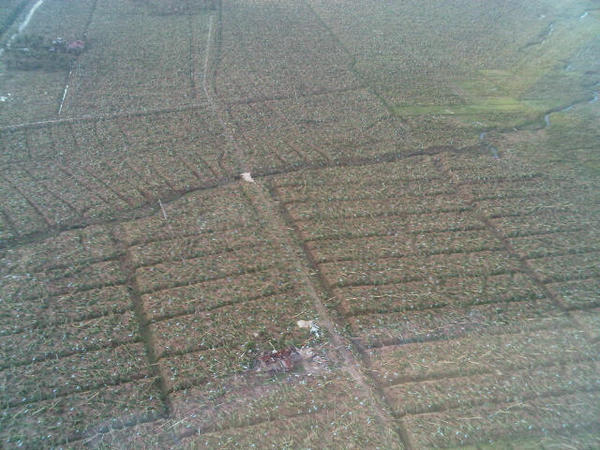
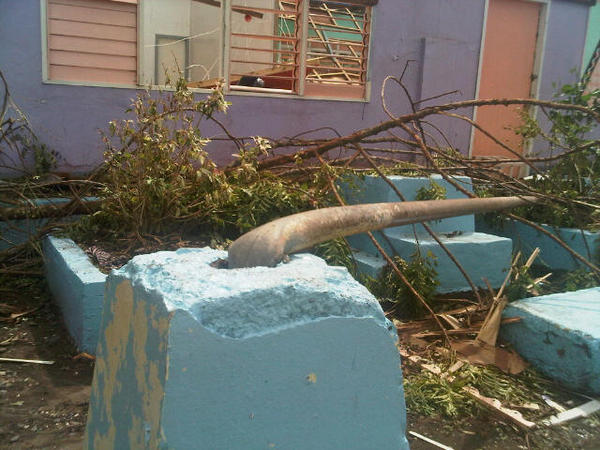
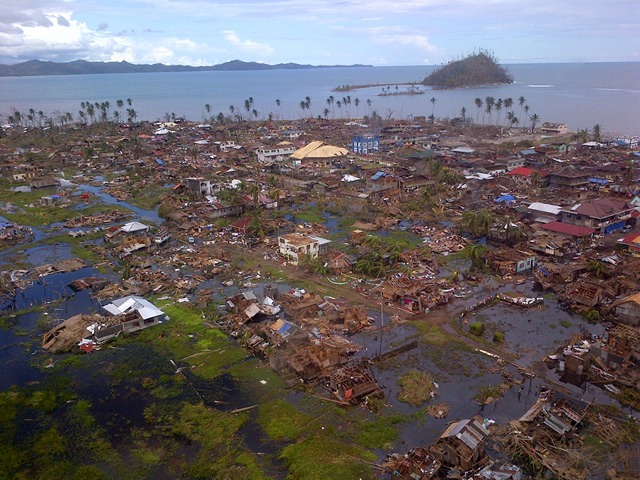
Add a comment
How does this make you feel?
![[OPINION] In a changing climate, how do we ensure safety and health at work?](https://www.rappler.com/tachyon/2024/04/Climate-change-safety-workers-April-25-2024.jpg?resize=257%2C257&crop_strategy=attention)
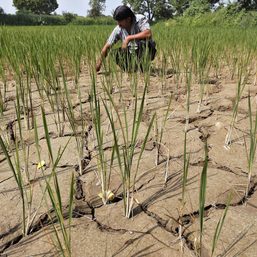


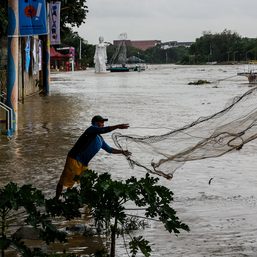
There are no comments yet. Add your comment to start the conversation.